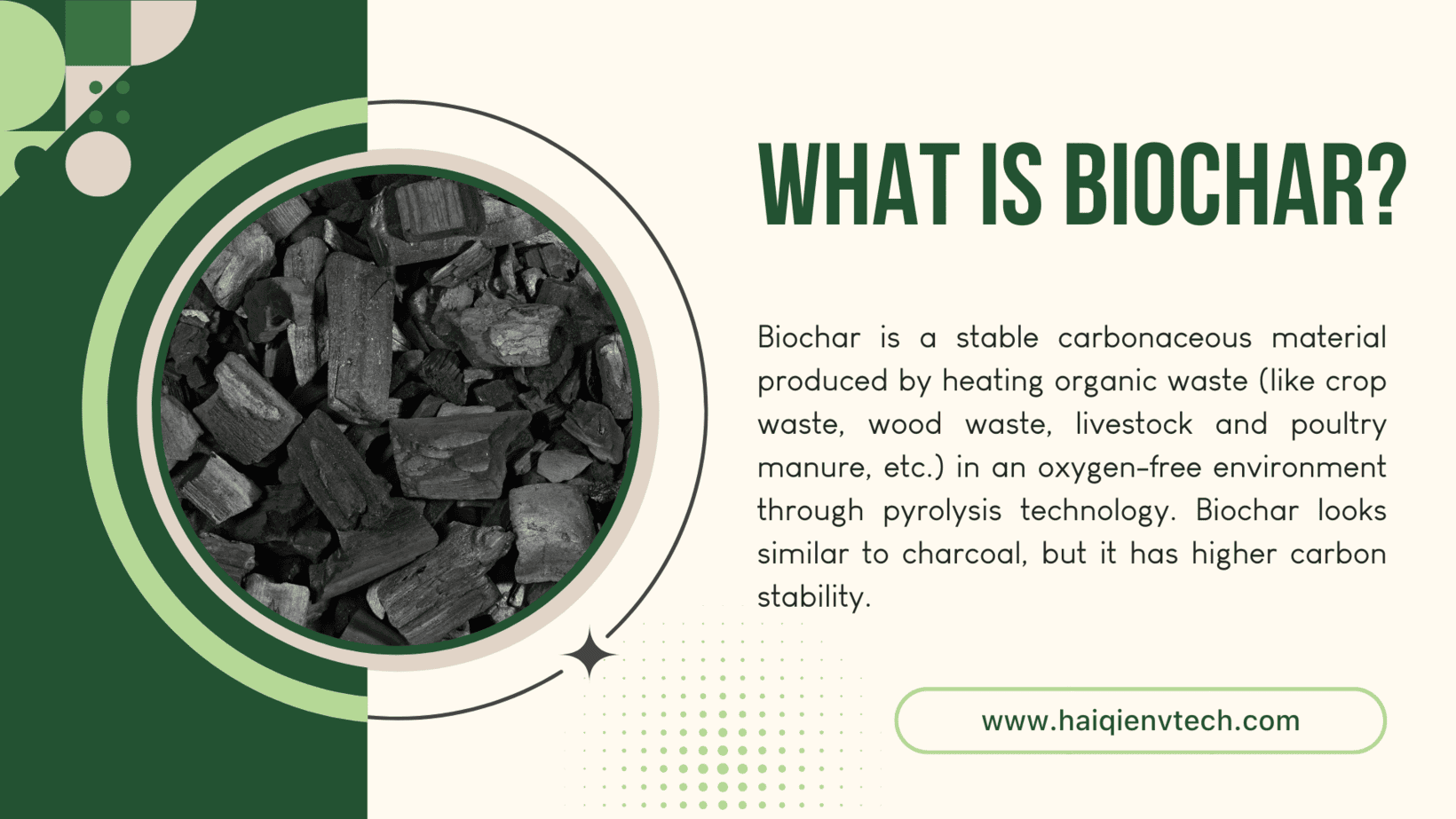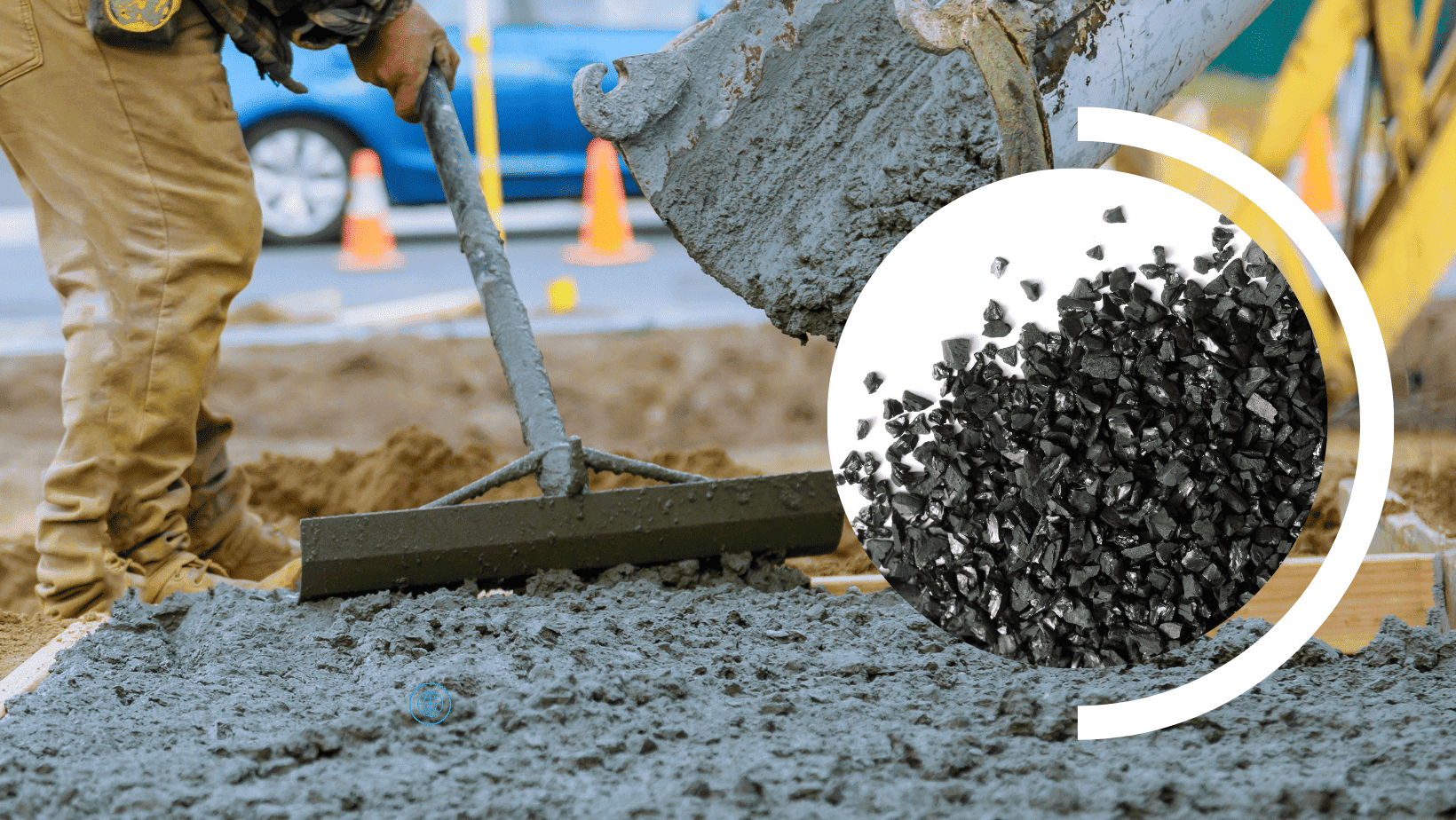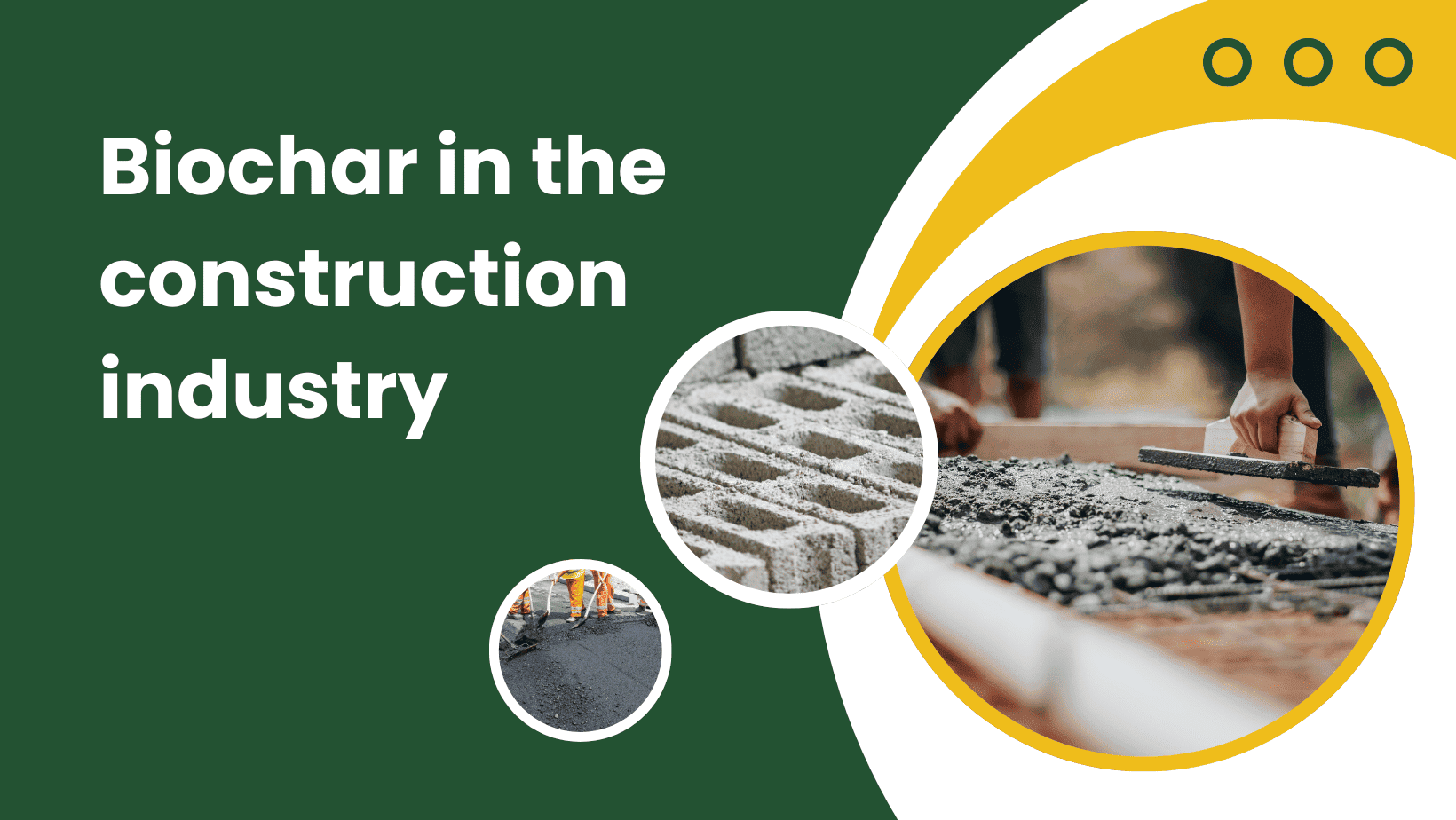Biochar: Potential as the Additive to Building Materials
In the wave of sustainable development in the construction industry, biochar has emerged as an emerging environmentally friendly building material. Biochar, which is made by pyrolysis of organic waste biomass, is injecting new power into the development of green buildings with its multiple advantages such as carbon sequestration and performance improvement.



What is biochar?
When organic biomass (agricultural waste, forest residues, etc.) is heated in an oxygen-free environment, you get a solid material rich in carbon, named biochar. Unlike ordinary charcoal, biochar has a porous structure and a very rich surface area. Due to these characteristics, biochar has generally been widely used in the agricultural field to regulate soil health. With the growing call for sustainable development in the construction industry, biochar is increasingly being used as a building auxiliary material due to its safety, sustainability and durability.
Benefits of biochar as the building material
Regulating humidity
When biochar is added to walls, finishes or panels, its high porosity enables it to absorb and release large amounts of water vapor. As a result, the humidity in the house can be maintained at an optimal level of 45-70%. This is not only beneficial to human health, but also effectively protects building materials and extends their service life. At the same time, this also reduces the reliance on dehumidifiers and heating systems to some extent, thereby reducing the energy consumption of buildings and saving energy.Heat and sound insulation
Due to its low thermal conductivity and high porosity, biochar can effectively maintain a constant indoor temperature when used in insulation boards or incorporated into decorative materials and composites. In addition, the porous structure of biochar has sound absorption properties, ensuring that houses can remain quiet enough even in dense urban environments.Absorbing pollutants
Biochar has a high specific surface area and chemical reactivity. This allows it to adsorb trace pollutants in the air, purify the air, significantly improve indoor air quality, and create a healthier indoor environment for humans.High fire resistance
The carbonization characteristics of biochar give it excellent fire resistance. Since biochar is made by pyrolysis in a high temperature and oxygen-free environment and has undergone "primary combustion", it has strong thermal stability and is not easy to burn again. Adding it to boards or composites can significantly improve the fire resistance of building materials, improve the safety of residential and commercial buildings, and reduce the spread of fire and reduce losses in unexpected situations.Improve durability
With its rich microporous structure and high specific surface area, biochar can effectively fill the pores in building materials and significantly improve the density and compressive strength of buildings. At the same time, its porous structure has good water absorption capacity, which helps the cement to fully hydrate during the concrete hardening process, reduces early shrinkage, and improves strength. In addition, biochar enhances the toughness of the material, can effectively disperse and relieve internal stress, and reduce the probability of crack formation, thereby improving the crack resistance and structural stability of building materials.
Carbon Storage
The carbon storage capacity of biochar is one of its main environmental advantages. The pyrolysis process fixes carbon dioxide in the biochar in solid form, preventing it from being released into the atmosphere in other forms. When biochar is used in construction, it can effectively preserve carbon for a long time, promote negative carbon buildings, and slow down climate change.Waste Utilization
Biochar is produced from organic resources. In the past, these agricultural and forestry wastes could not be fully utilized, and allowing them to decompose naturally would release greenhouse gases such as methane. Converting biomass waste into biochar and using it can not only reduce landfills, but also achieve a closed loop of material utilization. The use of biochar in the construction industry helps support the principles of a circular economy and promote sustainable development.Biochar in Construction Materials
Biochar-Cement Composites
Cement is one of the most carbon-intensive materials in the construction industry and accounts for a large portion of global CO2 emissions. Adding biochar to cement has the potential to reduce these environmental impacts. Biochar can be used as a partial cement replacement or filler, and its porous structure aids in internal curing, minimizing shrinkage and cracking. Studies have shown that adding just 4% biochar to cement can increase the material's compressive strength while sequestering up to 0.12 kg of CO2 per kg of cement. These composites are ideal for high-performance applications, such as ultra-high performance concrete, while also reducing the overall carbon footprint of the construction process.Biochar-Asphalt Composites
Road construction is another area where biochar can be used. When added to asphalt, biochar enhances resistance to rutting, especially at high temperatures, making roads more durable under heavy traffic. It also slows down oxidative aging, a common cause of pavement deterioration. Asphalt infused with biochar maintains its flexibility and stability over time, which reduces maintenance requirements and extends the life of the road. Additionally, using biochar in road construction helps recycle biomass waste, reduces reliance on petroleum-based additives, and meets the goal of sustainable infrastructure.Biochar-Polymer Composites
Biochar can be used as a sustainable alternative to traditional fillers such as carbon black in polymer-based building materials. It is able to enhance the mechanical properties of plastics, including tensile strength, elongation, and flexural properties. In addition, the addition of biochar can also improve the thermal stability of polymers, making them more suitable for applications that require flame retardancy or high temperature resistance.





